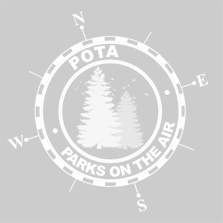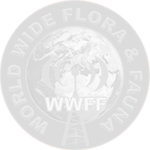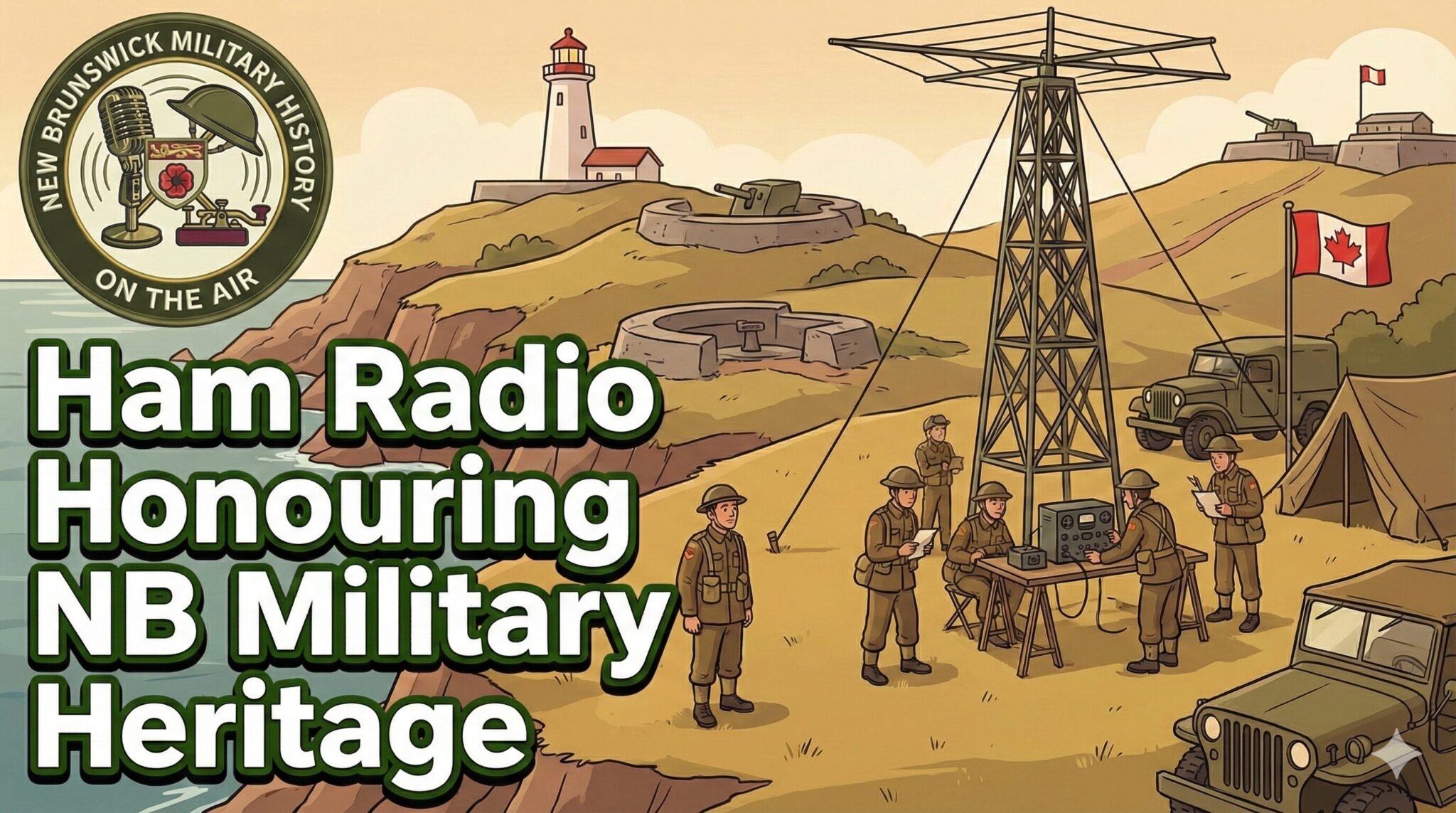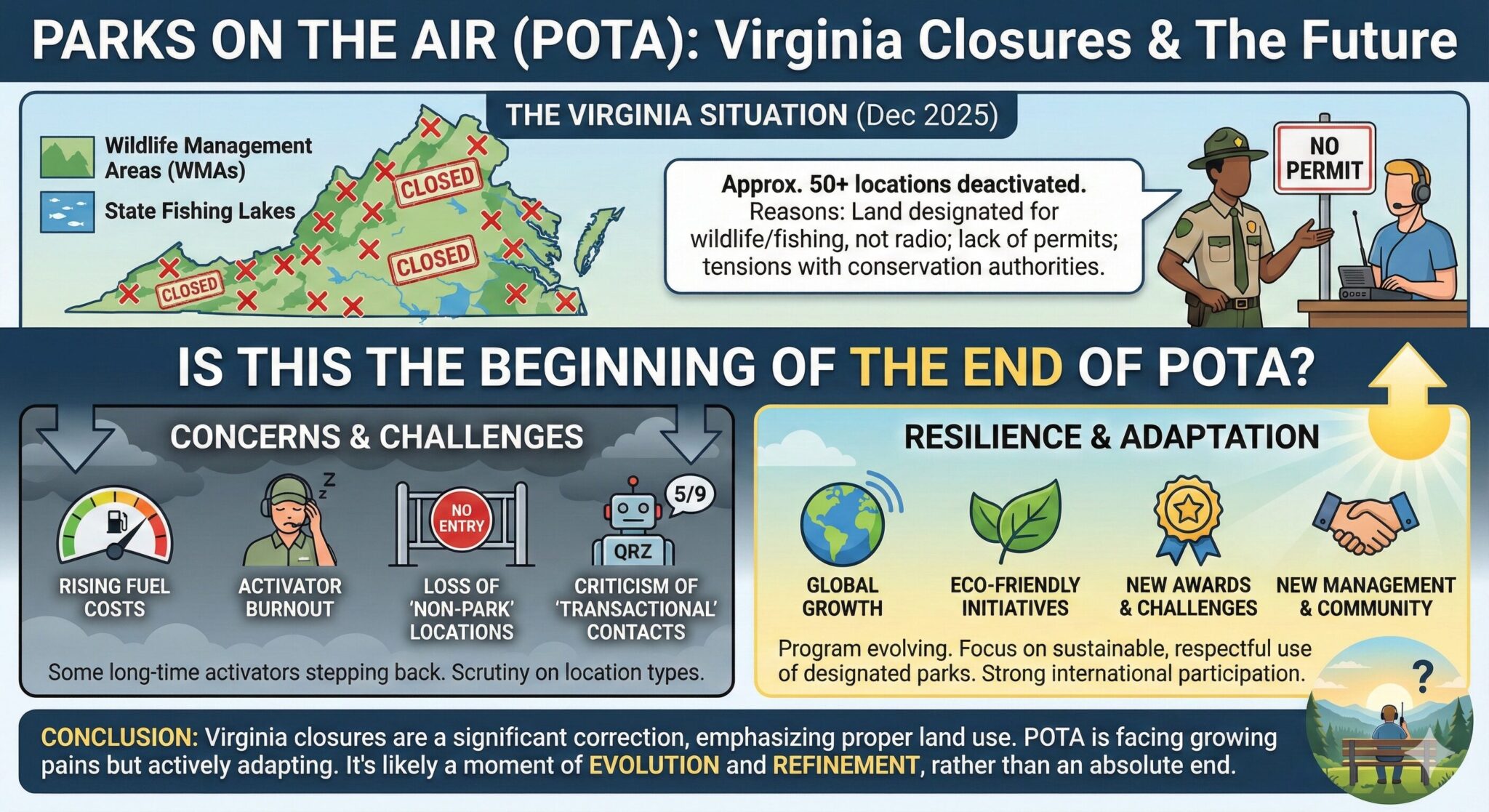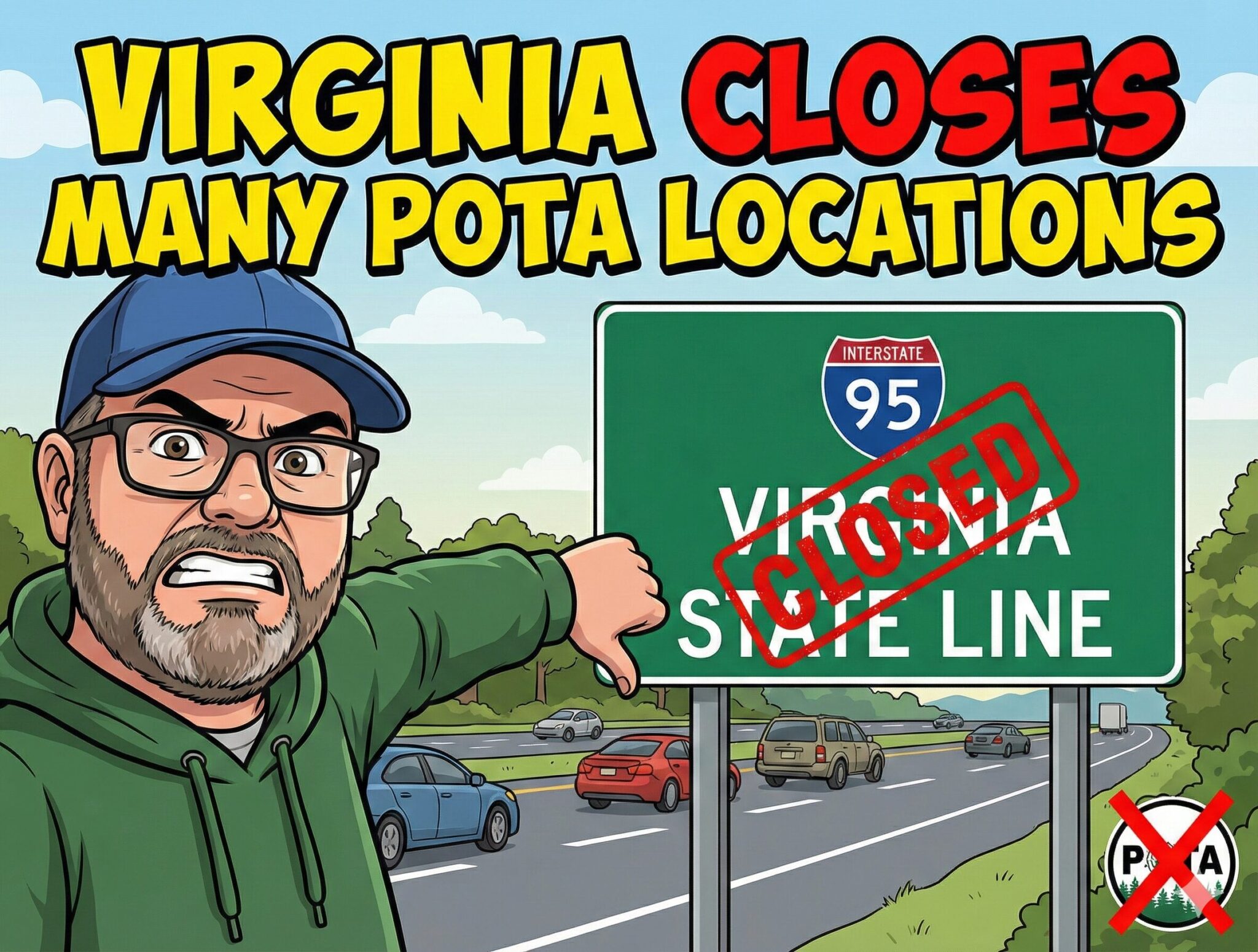Can US Amateur Radio Operators Activate POTA Locations In Canada?
Visiting Canada this summer and looking to participate in our prestigious Parks on the Air (POTA) program? With over 5,800 locations, it's an exciting opportunity for U.S. amateurs to experience new landscapes while practicing their radio skills. This article will cover essential tips and guidelines to ensure a smooth and enjoyable POTA activation experience.
Before you head north, there are essential steps to follow when crossing the border and using your radio equipment. Traveling to Canada is best done with understanding proper identification practices and the rules and regulations in various provinces. Follow these tips to ensure you have the best possible experience during your Canadian POTA activation adventure.
Key Takeaways
- Always declare your radio equipment at the Canadian border to avoid issues.
- Use the proper call sign format: Your call sign, followed by the Canadian area designation.
- Familiarize yourself with Canadian radio regulations and requirements by province.
Preparing for Your Travels
When entering Canada, always declare your radio equipment at the border checkpoint, whether at the airport or land crossings. If you have firearms, leave them at home, as they are not allowed in Canada. Your radio gear, however, is welcome as long as you declare it to the border officer.
Keep proof of identification with you: a driver's license, birth certificate, and your FCC license. Be prepared to provide proof of citizenship or any other photo ID.
Identifying Yourself on the Radio
When operating the radio in Canada, make sure to identify yourself correctly. For instance, if your call sign is Whiskey 6 Papa Delta Delta (W6PDD), do not simply announce "W6PDD QRZ." Instead, include the visiting area designation after your call sign, such as "W6PDD/VE7" if you are in British Columbia. Do not say "VE7/W6PDD" – always put your call sign first, followed by the Canadian area designation.
When you identify on the air, add a geographical identifier using your Canadian area designation and physical location. For example, you could say "W6PDD/VE3 in Barrie, Ontario" or "W6PDD/VE3 30 km north of Toronto."
Canadian Call Sign Areas
Canadian call sign areas are numbered and arranged from east to west. However, in typical Canadian fashion, VE9 for New Brunswick was squeezed into the numbering system and appears out of sync with the others:
| Province/Territory | Designation |
|---|---|
| Nova Scotia | VE1 |
| Quebec | VE2 |
| Ontario | VE3 |
| Manitoba | VE4 |
| Saskatchewan | VE5 |
| Alberta | VE6 |
| British Columbia | VE7 |
| Northwest Territories | VE8 |
| New Brunswick | VE9 |
| Newfoundland | VO1 |
| Labrador | VO2 |
| Prince Edward Island | VY2 |
| Yukon Territory | VY1 |
| Nunuvut Territory | VY0 |
| Maritime Mobiles | VE0 |
License Compliance
Comply with your U.S. license requirements while in Canada. Canadian amateurs may have different restrictions, but if you follow your U.S. license requirements, you should be aligned with Canadian regulations.

